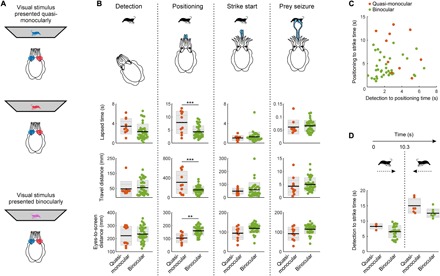Fig. 2. Binocular vision improves hunting behavior.

(A) Cuttlefish fitted with anaglyph 3D colored glasses enabled presentations of quasi-monocular and binocular visual stimuli (see movie S3). (B) Quantification of lapsed time, distance traveled, and distance from the animal’s eyes to the screen from quasi-monocularly (n = 3) and binocularly stimulated (n = 5) animals for four stages of the hunt: (i) detection = from stimulus appearance to first reaction, (ii) positioning = from first reaction to tentacles showing, (iii) strike start = from tentacles showing to beginning of ballistic strike, and (iv) prey seizure = from the ballistic start of the strike to animal contact. From one-way ANOVA, ***P < 0.0001 (top), ***P < 0.0001 (middle), and **P = 0.0018 (bottom). Black line: mean; inner gray box: SEM; outer gray box: SD. (C) Relationship between the time lapsed (i) until stimulus detection and (ii) between detection and positioning, combined quasi-monocular and binocular data: r2 = 0.0114; quasi-monocular alone (n = 3): r2 = 0.1331; binocular alone (n = 5): r2 = 0.0162. (D) Total lapsed time from stimulus presentation until “strike start” for quasi-monocular and binocular experiments. To test for the effect of target reversal, trials were categorized into those where the animal struck at prey before (left) or after (right) the direction of travel of the stimulus reversed (at 10.3 s). Quasi-monocular and binocular groups did not differ significantly [P = 0.3518 (left group) and 0.1040 (right group), one-way ANOVA].
